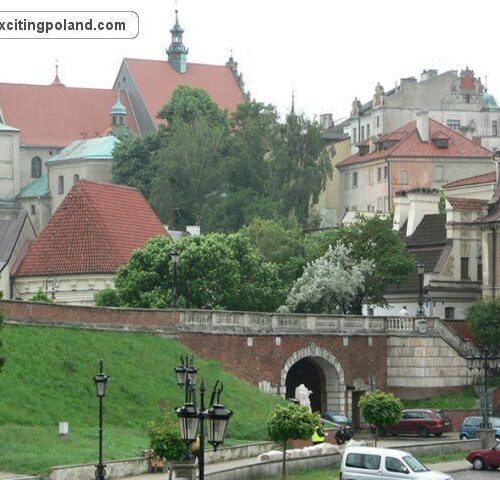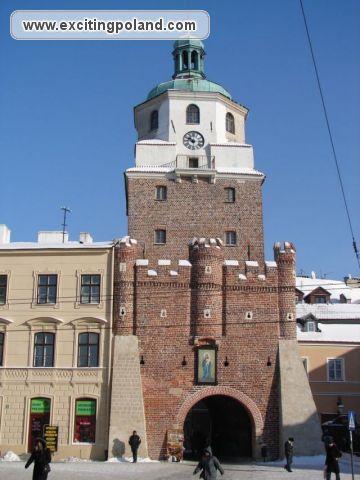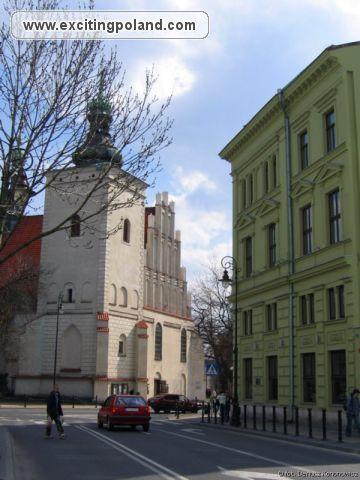Lublin with its 350,000 inhabitants is the largest Polish town east of the Vistula and an important centre of science, culture and business. The old town with its picturesque medieval streets is worth a closer look. Lined with beautiful 15th and 16th century houses, the town square has many atmospheric cafés scattered around. The old town hall was remodelled in neoclassical style in the 18th century. The Lublin castle dates to the 19th century, but its massive round tower and chapel are respectively from the 13th and 14th centuries. Today the Museum of Polish Painting, Folk-art and Archaeology occupy them. Lublin used to host one of the major Jewish communities in Poland. The monument on Plac Ofiar Getta commemorates Jews murdered by the Nazis during WW II. Not far away from the centre, in the district of Majdanek, the German occupants created in 1941 one of the largest extermination camps; after the war the site was turned to a museum and a big memorial to the victims was erected.
Where cultures meet. The Old Town has preserved its medieval urban layout with many churches, burgher houses and gates. The Lublin royal castle’s showpiece is the Holy Trinity chapel (14th c.) with the unique Russo-Byzantine frescoes. Many museums. The suburban skansen presents old rural architecture and collections of artifacts from the region between the Vistula and the Bug River.







